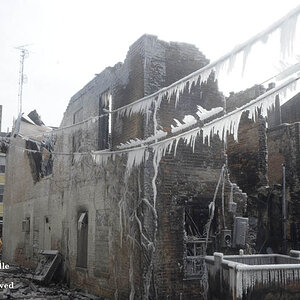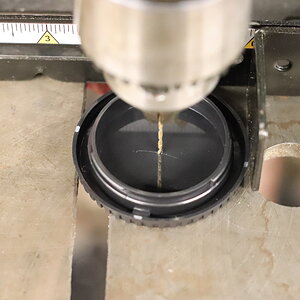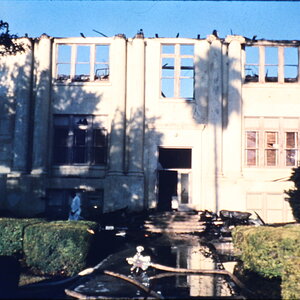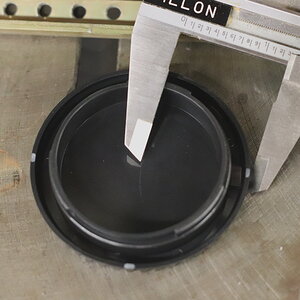ichabod123456
TPF Noob!
- Joined
- Sep 12, 2016
- Messages
- 8
- Reaction score
- 0
I have a question for the group. I am a beginner. Nikon D3200
I just recently purchased a set of ND filters from Amazon. Ranger is the brand.
Im either doing something wrong or the filters are junk (you get what you pay for)
Im using a 52mm lens, ISO on 100 and a f stop of 5.6. Bright daytime After taking a test shot, I put the ND10 filter on, turn the exposure down by 10 stops and the picture comes out washed out. Didn't seem to matter what I did the picture is washed out. I turned the exposure up to 1/2500 before I started getting any color at all
The closest I got to a blurred movement photos is when I stacked all four lenses for a total of ND 30.
I have covered the view finder
I'm shooting in the "raw"
Sent from my XT1585 using Tapatalk
I just recently purchased a set of ND filters from Amazon. Ranger is the brand.
Im either doing something wrong or the filters are junk (you get what you pay for)
Im using a 52mm lens, ISO on 100 and a f stop of 5.6. Bright daytime After taking a test shot, I put the ND10 filter on, turn the exposure down by 10 stops and the picture comes out washed out. Didn't seem to matter what I did the picture is washed out. I turned the exposure up to 1/2500 before I started getting any color at all
The closest I got to a blurred movement photos is when I stacked all four lenses for a total of ND 30.
I have covered the view finder
I'm shooting in the "raw"
Sent from my XT1585 using Tapatalk







![[No title]](/data/xfmg/thumbnail/42/42267-2fff585000110a96fd9ac3ff09cceb95.jpg?1619740076)




![[No title]](/data/xfmg/thumbnail/33/33360-ff0b69685c94740bde3f53b6d7aa9af1.jpg?1619735924)
![[No title]](/data/xfmg/thumbnail/39/39480-e4e26ffe5c6148262ac81eff975a5c0e.jpg?1619739047)
![[No title]](/data/xfmg/thumbnail/31/31095-2b52a6dcc956382cffdd384ae4d156f2.jpg?1619734612)